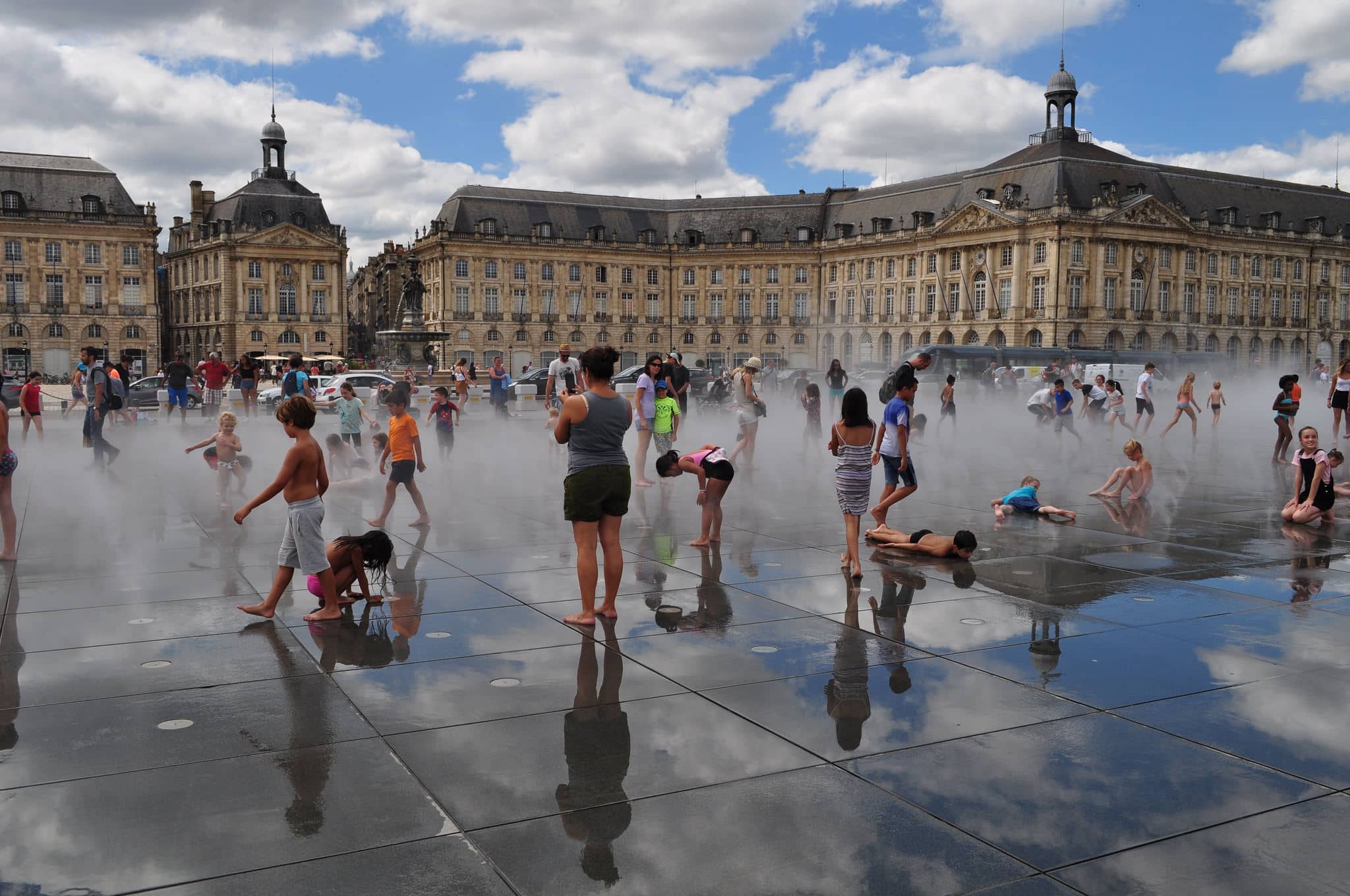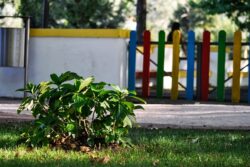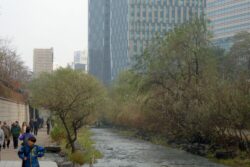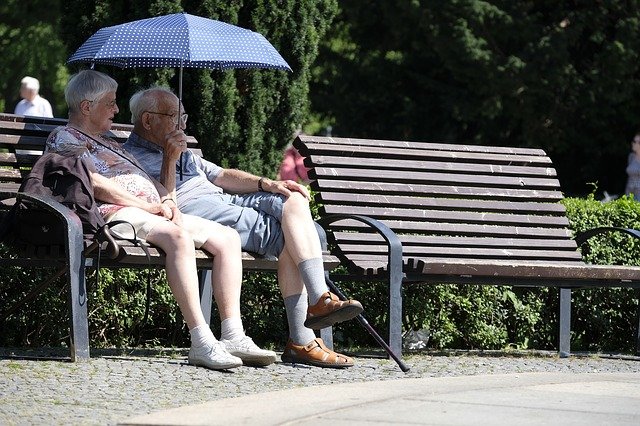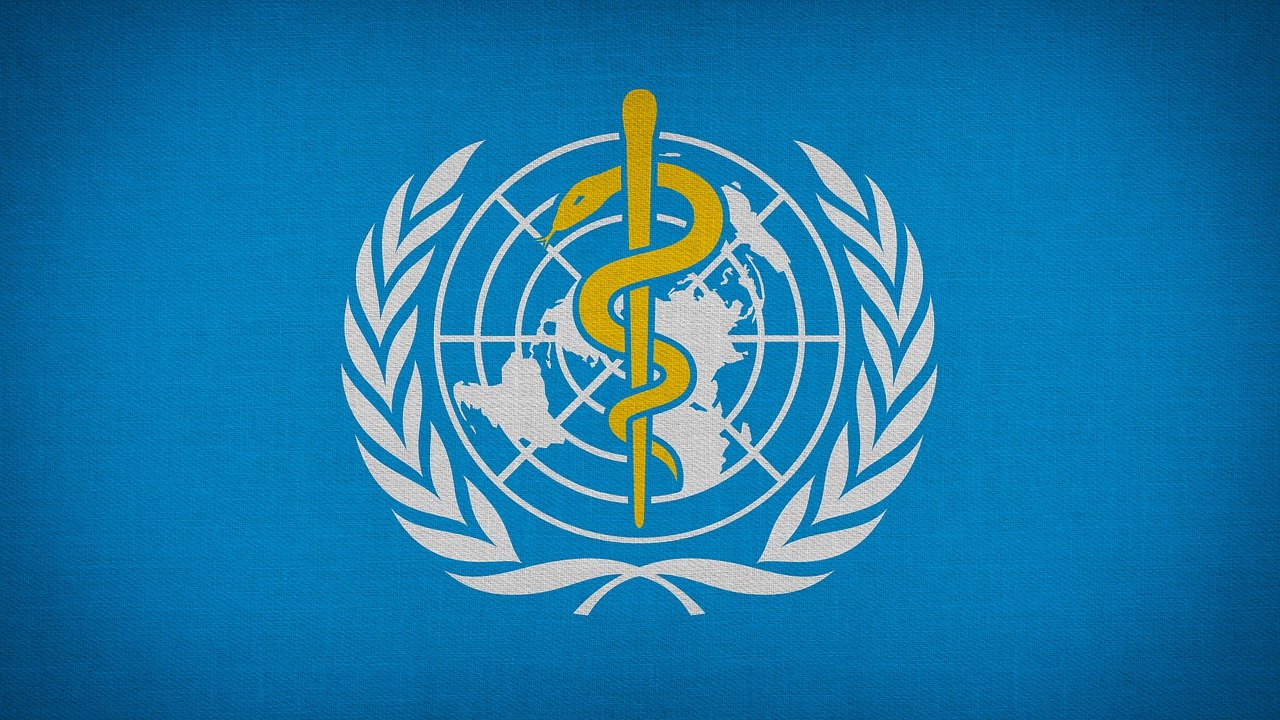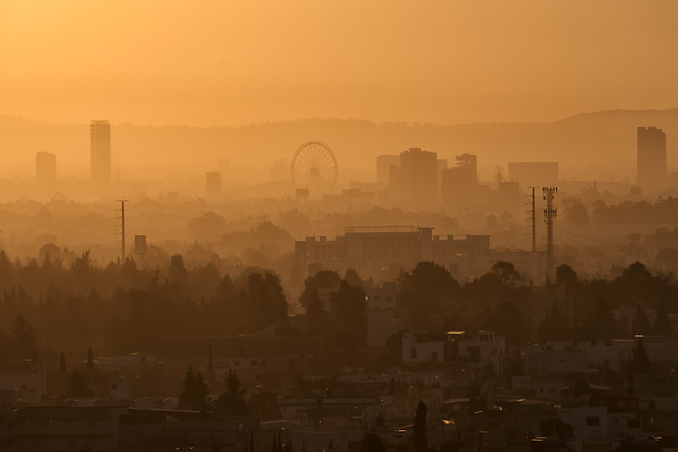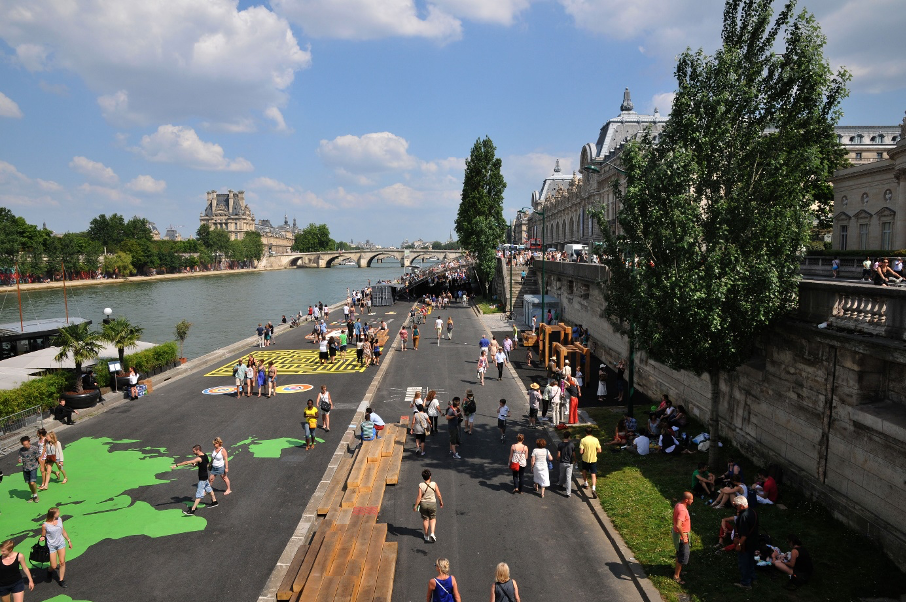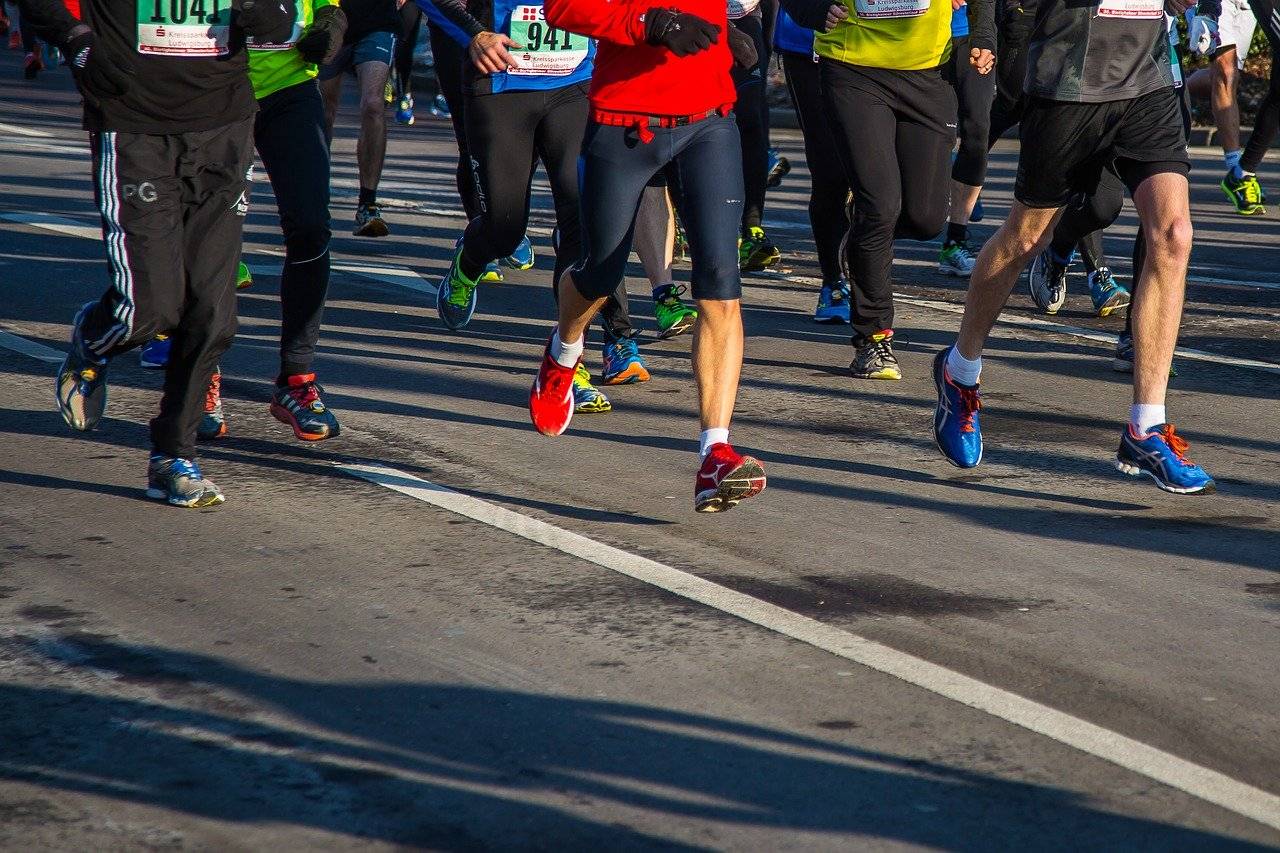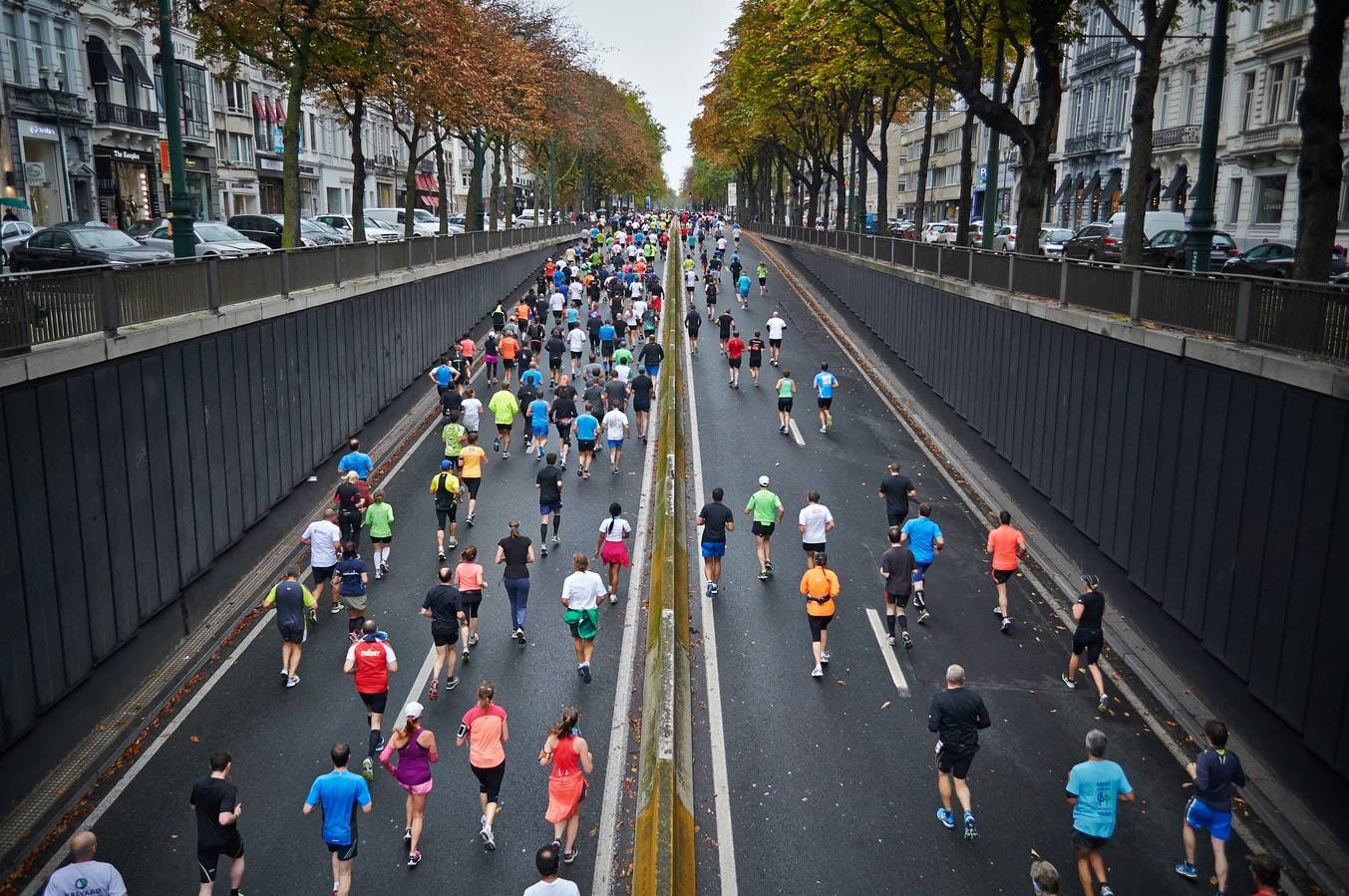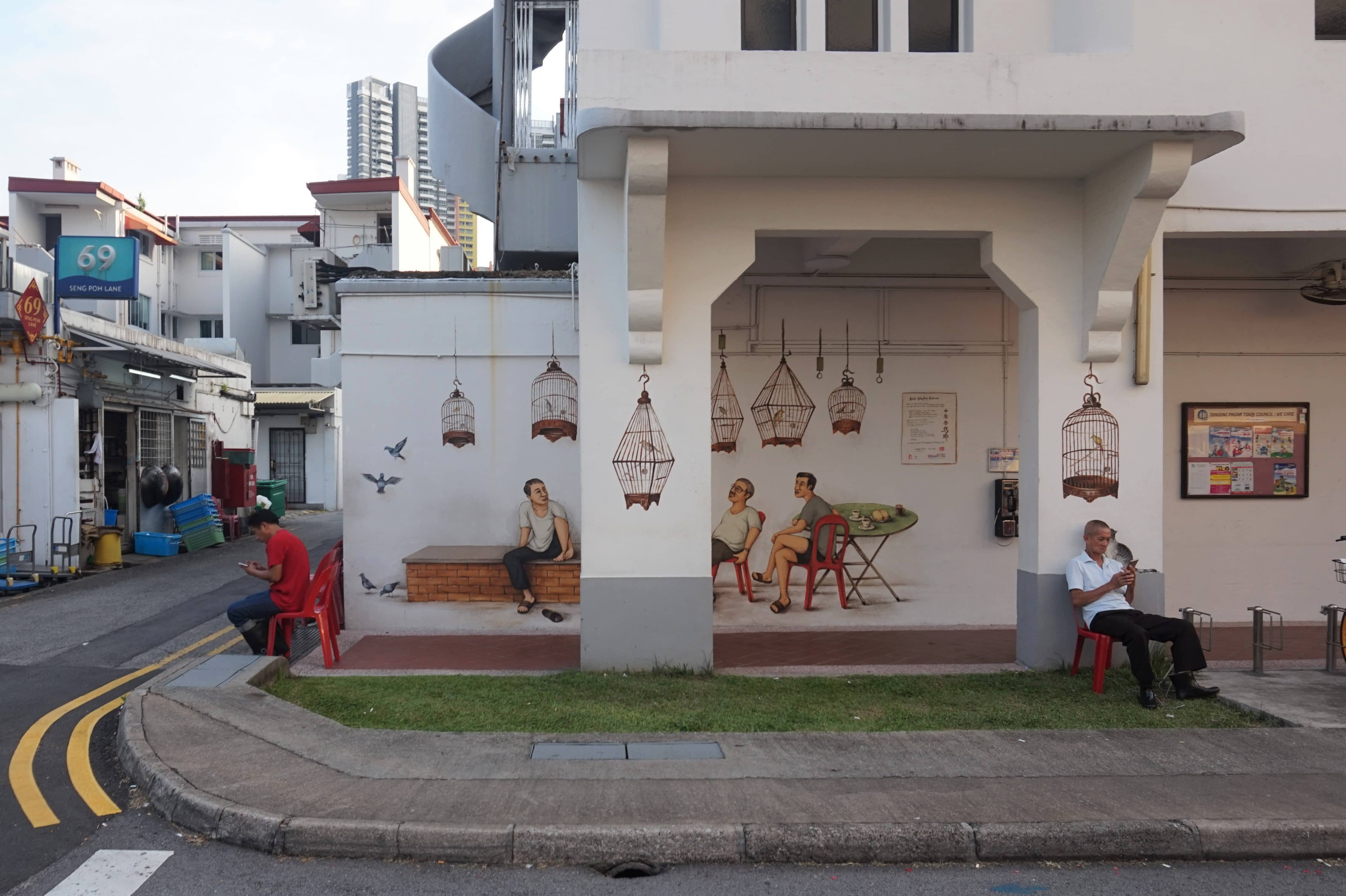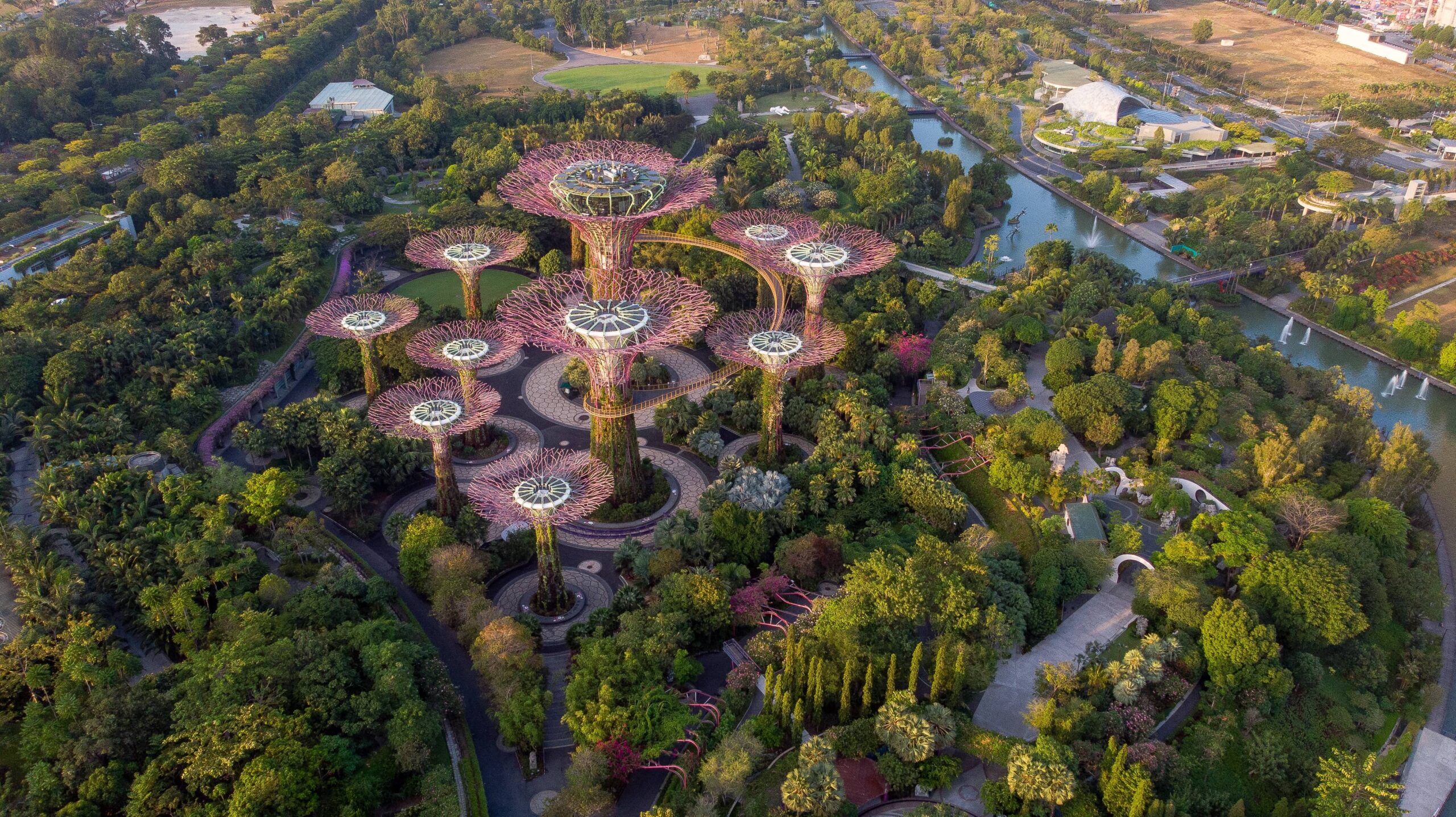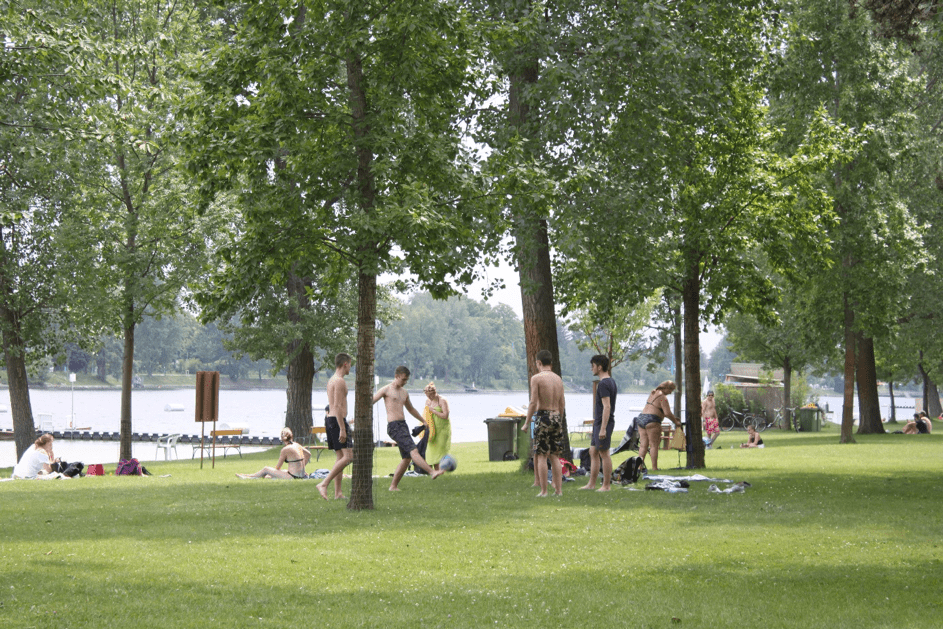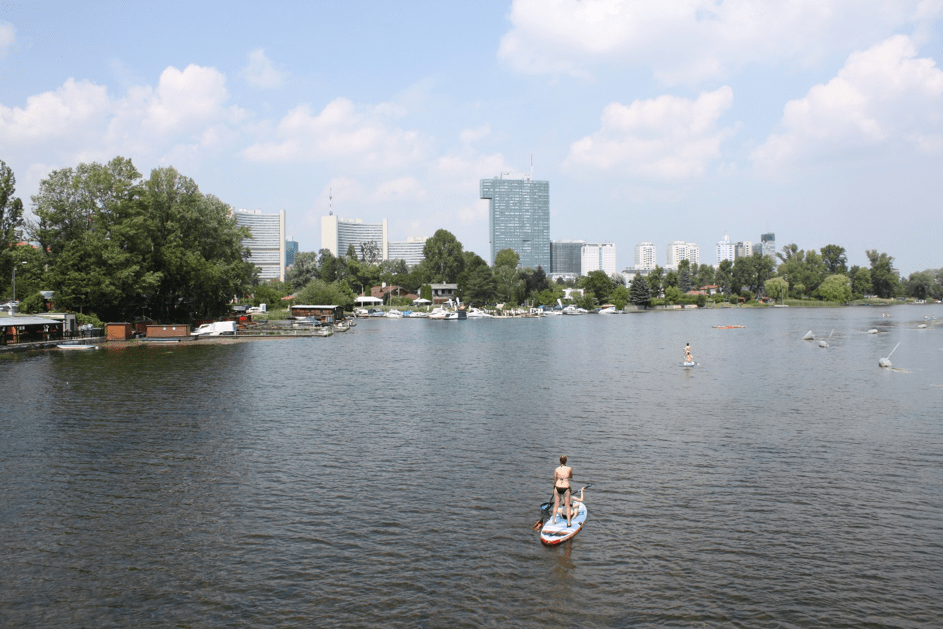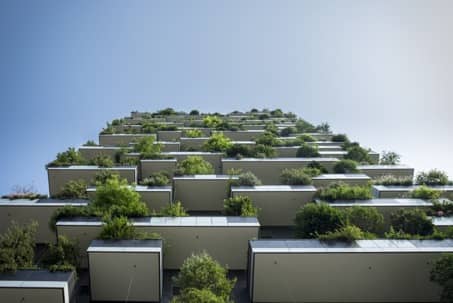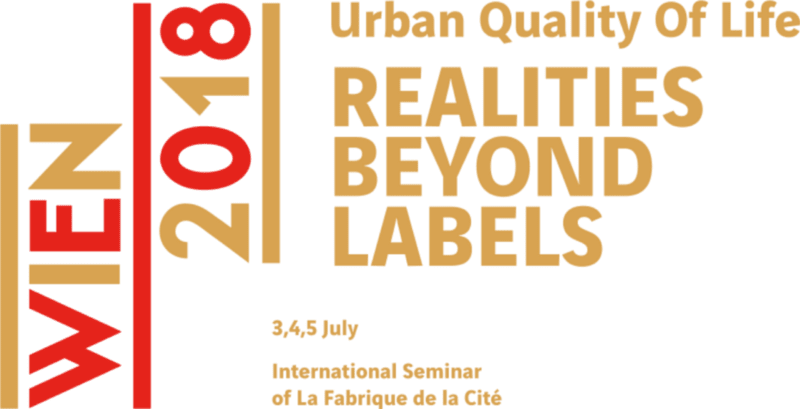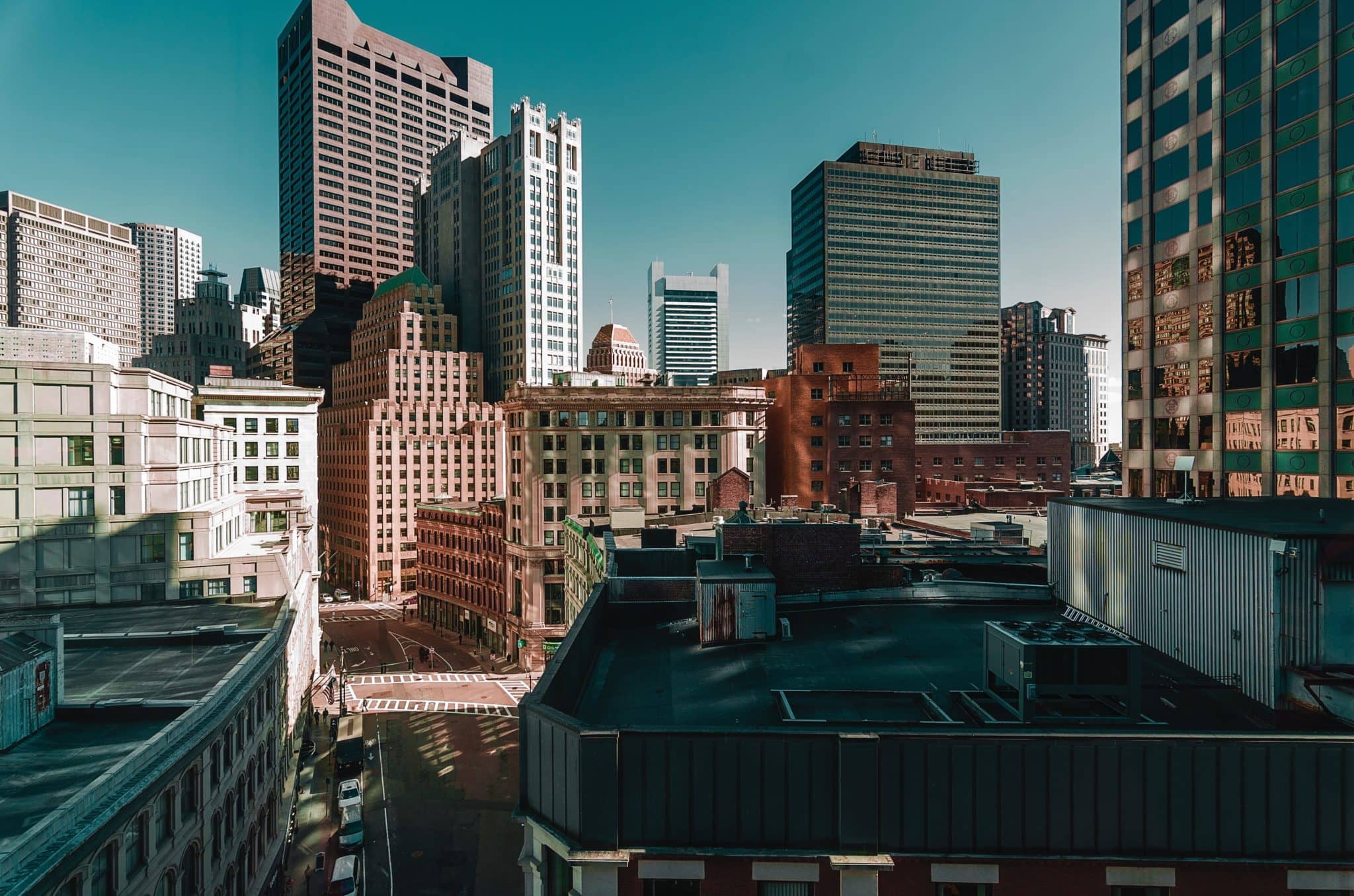

Nature in the city, a factor of health and well-being: points of view from Lise Bourdeau-Lepage and Florence Marin-Poillot
Since the industrial revolution, nature has frequently been considered in contrast to urban environments. Urban development, the combined air and soil pollution and the densification of our cities are partly behind a feeling of urgency, of a need to green our urban environment – in terms of both public and private spaces – to make cities healthier.
It is not easy, however, to conduct urban planning which promotes health and this is not the conventional remit of local authorities. This study of urban morphology raises the key question of people’s relationship with nature and with urban surroundings, which include a desire for well-being and a need for health.
La Fabrique de la Cité invited Lise Bourdeau-Lepage, professor of geography (Jean Moulin University, Lyon 3) with a doctorate in economics, and Florence Marin-Poillot, CEO of Urbalia (urban agriculture and biodiversity consulting company), to discuss the restoration of nature in the city, conceptions of it and the related challenges for well-being and health.
LFDLC: How can nature in the city be defined and what are its main features?
Lise Bourdeau-Lepage: Nature is plural and this word has very many meanings. It may be plant, animal, mineral; solid or liquid. It may refer to many things: the four elements, fauna (wild or domesticated), pollutants, waterways, weather events. There are multiple parameters that must be considered in urban planning decisions, such as the morphology of the land, air quality and light (in this sense, we use the term “right to sunlight”).
Nature in the city is sensitive and open to perceptions. According to Nathalie Blanc [i], nature can be qualified as banal; it is socialised, desired and produced. What kind of nature do city-dwellers desire? Each person has their own desires but desire is also the result of a social construct. Depending on social background, an individual’s desire for nature may be different.
The terminology used by John Dixon Hunt [ii] is also interesting. According to him, there are three types of nature: wilderness; Cicero’s alteram naturam, a nature used by people to satisfy their needs (agriculture); and finally, the terza natura of Jacopo Bonfadio [iii] or Bartolomeo Taegio [iv], nature magnified by art, that of gardens.
In this typology, city-dwellers are now tending more towards the second type of nature, the alteram naturam, nevertheless with a few differences according to nationality. For the French, this is a green and plant-based nature, while for the British and Germans it is bluer and more fluvial. If we question individuals about what nature in the city means, the most common answers are material, from this alteram naturam: what we want is a kind of nature that is tamed, shaped and comfortable for people, pretty but above all useful, as if nature were an antidote to the ills of city life.
Nature in the city is sensitive and open to perceptions.
This illustration shows a mountain in the background (depicting first nature), overlooking agricultural land (second nature) and, closest to the reader, a formal garden (third nature).
LFDLC: Can we talk about a wake-up call regarding the need to revive nature in the city?
Florence Marin-Poillot: The theme of nature in the city is to do with awareness, yes. In recent years, there has been an increasing number of reports that announce new biodiversity losses [v]. This erosion is due to the very high level of urban development and the constant loss of agricultural land and grassland. The drop in the number of birds is common to the countryside and cities alike and is a result of the use of crop protection products and pesticides. The loss of biodiversity is a key factor in the drive to reintroduce nature in the city.
Lise Bourdeau-Lepage: The renewed interest in nature in urban environments is due to an ecological awareness related in particular to accidents that are harmful to the environment and which have been ongoing since the 1970s. This awareness has even given rise to the concept of the Anthropocene (the era of human activity), the fact that the activities of human societies has had a significant impact on our planet on all scales and in all regions.
This “societal greening” has brought about a few breakthroughs, on both an international level (biodiversity [vi] and climate agreements) and a national level (in France with the 2010 Grenelle 2 and 2014 Alur laws). At the level of initiatives conducted by city-dwellers and citizens, the social and solidarity economy and the drive to make everyday products oneself are the result of this increased awareness, as are actions to add flowers to pavements and around trees, etc.
LFDLC: Could this enhanced awareness also be due to our city lifestyle?
Lise Bourdeau-Lepage: Yes, it is also related to a feeling of losing contact with the natural rhythm. Widespread urban development, which has totally changed living environments, has also brought about changes in behaviour and lifestyles: in 1903, Georg Simmel was already writing about indifference to others and the decline of social life in major cities. These factors result in an environmental overload: individuals are subjected to excessive stimuli and can no longer process all the information received, which creates stress and leads to a loss of civility and urbanity. The presence of nature can alleviate all this.
In addition, I believe that the emergence of new information and communication technologies (NICT) is the cause of an additional overload, that is virtual. The presence of the virtual in all areas of life changes our relationship with the world and with other people: through social networks, there is a constant demand on people, who are incited to express and represent themselves. A society of immediacy has developed; we must be able to meet the multiple demands placed on us at all times.
There is therefore a need to slow down. This need can be found in “slow movements” and in the drive to reconnect with a certain type of nature: gardening is an example of an attempt to reconnect with the natural rhythm, with the life cycle. Walking in nature is also a means of combatting the socio-environmental and virtual overload with which each of us is confronted all the time. A need for nature is the result.
LFDLC: Does the reintroduction of nature in the city therefore meet a need for the environmental and psychological services that nature provides?
Florence Marin-Poillot: 92% of French citizens are in favour of the reintroduction of nature in the city: gardens are currently considered to be a genuine living space. In 2005, the World Health Organization (WHO) published a report on ecosystem services: nature provides the services that humans need. The benefits of nature help us to eat, enjoy the necessary resources to live and ultimately to be in good health. Nature also allows us to develop our well-being, through its aesthetics and the rest it gives.
Lise Bourdeau-Lepage: The new interest in nature in the city stems from an acknowledgement of its virtues and from our need for a peaceful environment for our health and well-being. In 2012, I conducted a survey in the street: 96% of those polled believed that the presence of green areas or water-related features contributed to their well-being. In 2017, we considered the issue in another way, by asking ourselves which elements were the component parts of well-being in a given area. A “healthy and nuisance-free environment[vii] “ emerged as the most decisive factor, ahead of medical services and security.
Through the need for green areas that they express, people are aiming to improve their quality of life: we are witnessing the emergence of a homo qualitus [viii]. Humans are still “homo economicus” but are also seeking an immaterial form of well-being. They consider the introduction of nature in the city and their contact with it to be an essential part of their personal development and both physical and mental health. Environmental protection has also become important for people.
The environment has become a need for well-being expressed by individuals, who are seeking better contacts with nature.
LFDLC: Does this approach to nature as a service not amount to an instrumentalization which, paradoxically, makes us lose sight of what we are seeking?
Lise Bourdeau-Lepage: Nature has been domesticated. Leveraged in cities to provide services to humans, it has acquired there a value and a price. It is synonymous with opportunities and profits. One of the risks is that of quantifying the benefits of these ecosystem services: that could lead to biodiversity protection strategies that are driven by market principles, with a disregard for biological or ecological arguments. In this accounting and market logic, some individuals could then pay to access the services provided by nature, while their cost could be inaccessible to others.
Nature is also used to boost an area’s appeal as green areas have become synonymous with quality of life. Metropolitan cities or global cities are now ranked partly on the basis of the quality of their environment. This has an impact on tourism, and also on corporate investment and household location decisions. Some populations are more attentive to the surface area occupied by green areas or the number of parks in a city. There is therefore a major economic interest behind the issue of nature in the city. This could lead some major cities to conduct “green” urban marketing strategies in order to enhance their attractiveness.
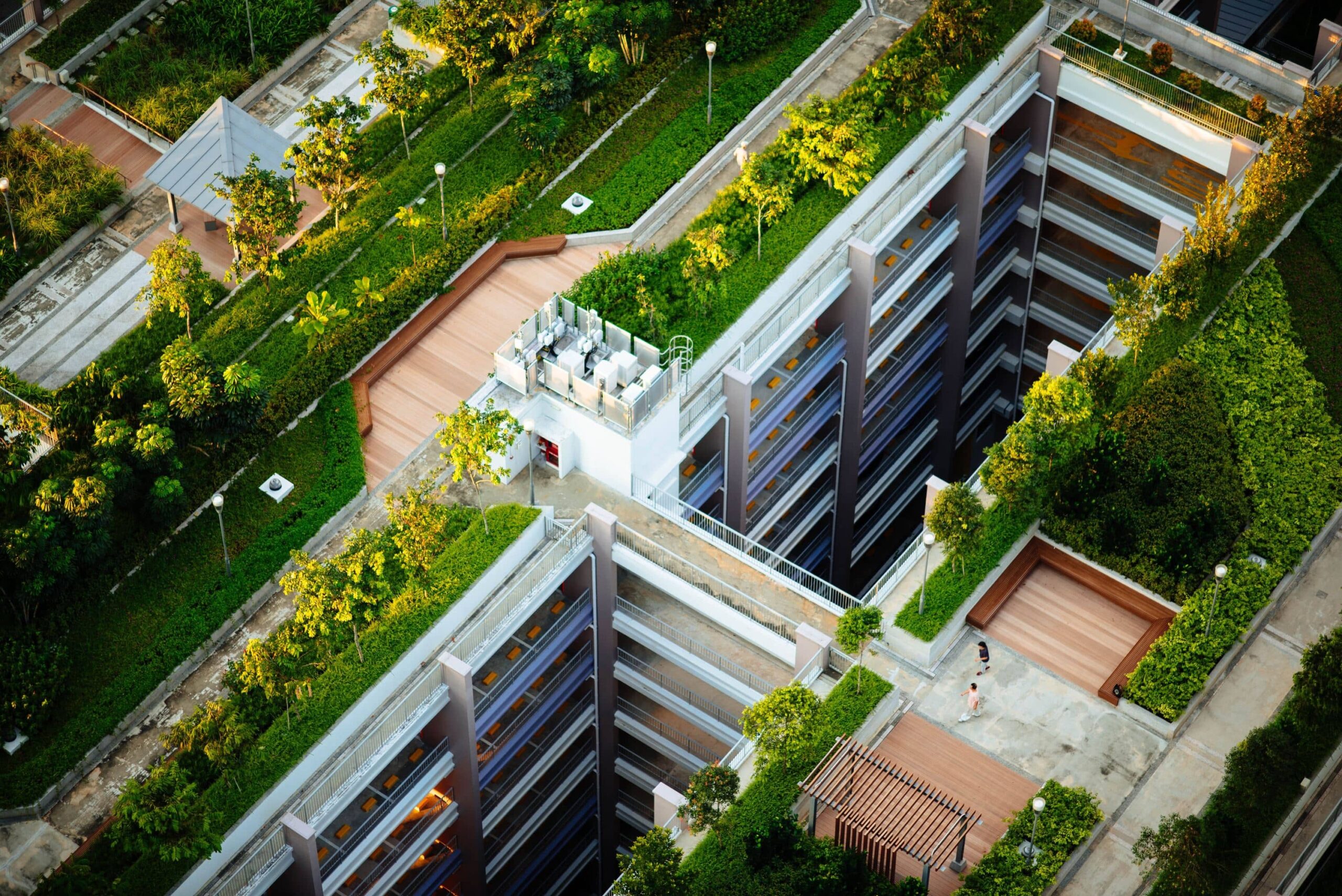
LFDLC: How can the reintroduction of nature in the city be made possible?
Florence Marin-Poillot: There has been an increasing number of solutions and practices in the last fifteen years. At Urbalia, we work with elected representatives, urban planners, project owners and prime contractors to facilitate the incorporation of nature in urban or peri-urban environments.
We are now able to offer various types of vegetation on ground level or on buildings, and then to calculate air cooling to find out how the plants contribute to reducing the urban heat island effect. It is then possible to compare solutions in terms of benefits for health and well-being. We can play on shade, inertia, evapotranspiration or evaporation in humid areas.
We must use solutions wisely in accordance with the local environmental context if we want to extract real benefits from them.
However, nature must not be used as a solution that has not really been well thought-out: a functional ecosystem cannot exist without local plant species suited to the climate and able to attract local fauna. No service can be provided without a consistent ecosystem: we must therefore put a lot of work into it and use solutions wisely in accordance with the local environmental context if we want to extract real benefits from them. We must also be aware of all their effects, including their negative externalities, and keep in mind that well-being is based on subjective factors, even in the case of a vegetalisation of urban environments.
It is just as essential that we are careful not to overestimate the benefits of nature in the city. Therefore, for example, the quantity of CO2 that a tree is able to absorb over one year corresponds to the daily emissions of one adult. Living walls with depolluting qualities are effective but the vegetation cannot absorb all the pollution. We cannot solve everything with nature and in any case an “artificial” nature created by humans will never replace a form of nature that is intact in terms of ecosystem consistency and efficiency.
Lise Bourdeau-Lepage: Nature in the city can also be a cause of new environmental inequalities, depending on where new projects are located. A shared space can contribute to the creation of new socio-spatial inequalities by heightening the gentrification trend and therefore by rejecting populations from their initial living area. I am thinking of plants around trees, in particular in the Goutte-d’Or district (18th arrondissement of Paris).
LFDLC: Can urban agriculture contribute to the reintroduction of nature in the city?
Florence Marin-Poillot: Urban agriculture is a productive solution. More than half of our projects include an urban agriculture component because there is a strong demand, both in terms of food production and of education, social cohesion, openness and a desire for transition. We can measure these effects but the nutritional quality of the food produced can vary: urban agriculture must be limited to a healthy and nutritious production. This question applies in particular for urban agriculture on ground level, when the soil is often polluted, or agriculture methods that do not use the ground soil, for which the nutritional quality of the food produced may be disappointing. Agriculture practices on the rooftops are beginning to become popular because they meet the requirements in the urban environment.
[i] Nathalie Blanc is a geographer and research director at the French National Scientific Research Council, CNRS.
[ii] John Dixon Hunt is a British landscape historian.
[iii] Jacopo Bonfadio (1508 – 1550) was an Italian humanist and historian.
[iv] Bartolomeo Taegio (1520 – 1573) was an Italian literary figure.
[v] Reports of the Intergovernmental Science-Policy Platform on Biodiversity and Ecosystem Services (IPBES) in particular. The 2018 report on biodiversity and ecosystem services in Europe can be found here.
[vi] The COP15 on Biodiversity will be held in 2020 in Beijing, China.
[vii] Project BRRISE – FEADER & PSDR IV: https ://www.psdr-ra.fr/Les-projets-PSDR-4/Innovations-territoriales-et-Attractivite/BRRISE (in French)
[viii] https://www.metropolitiques.eu/Nature-s-en-ville.html (in French)
Find this publication in the project:
These other publications may also be of interest to you:
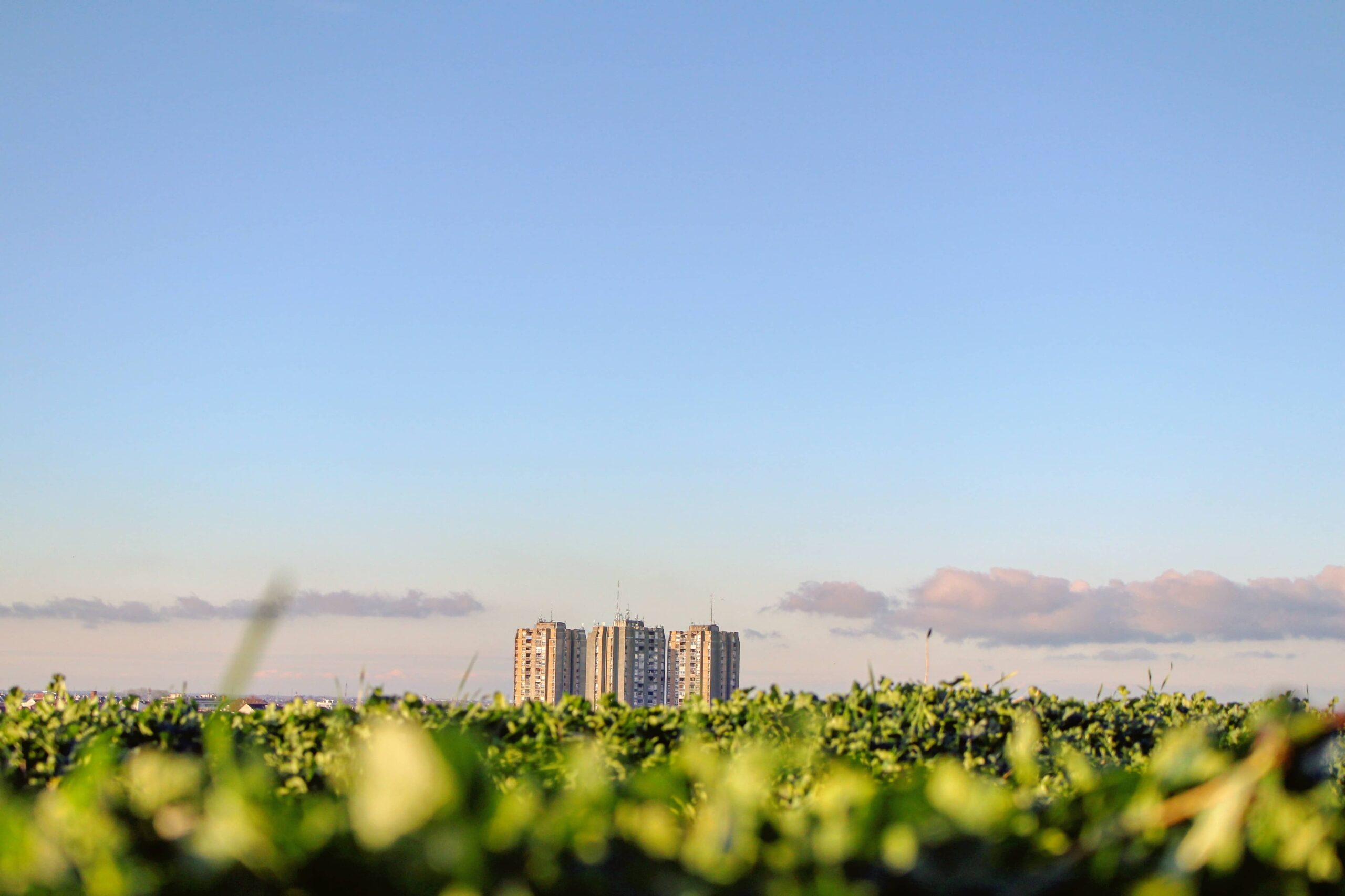
Zoé Vaillant: health inequalities are rooted in local areas
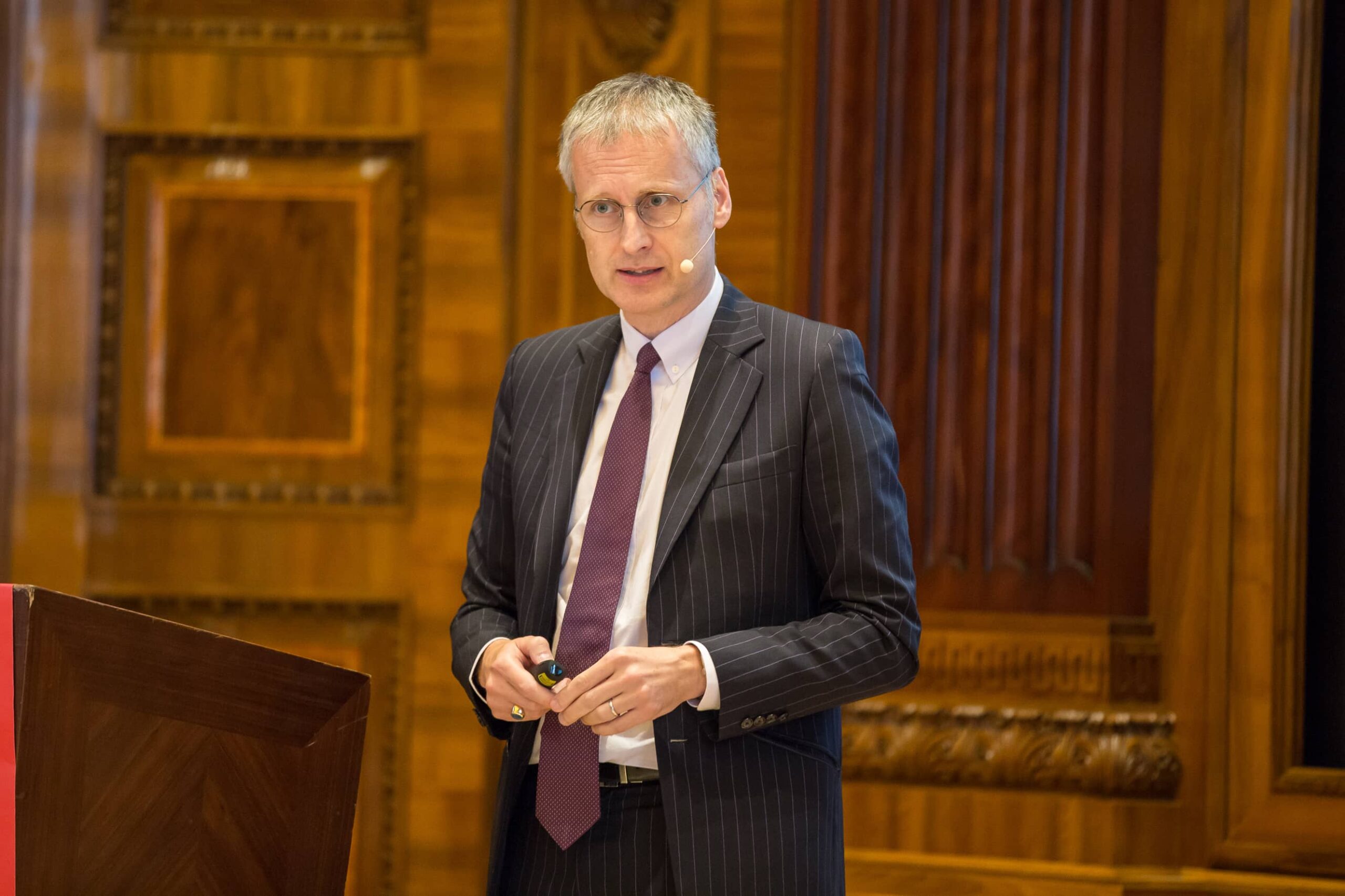
Viktor Mayer-Schönberger: what role does big data play in cities?
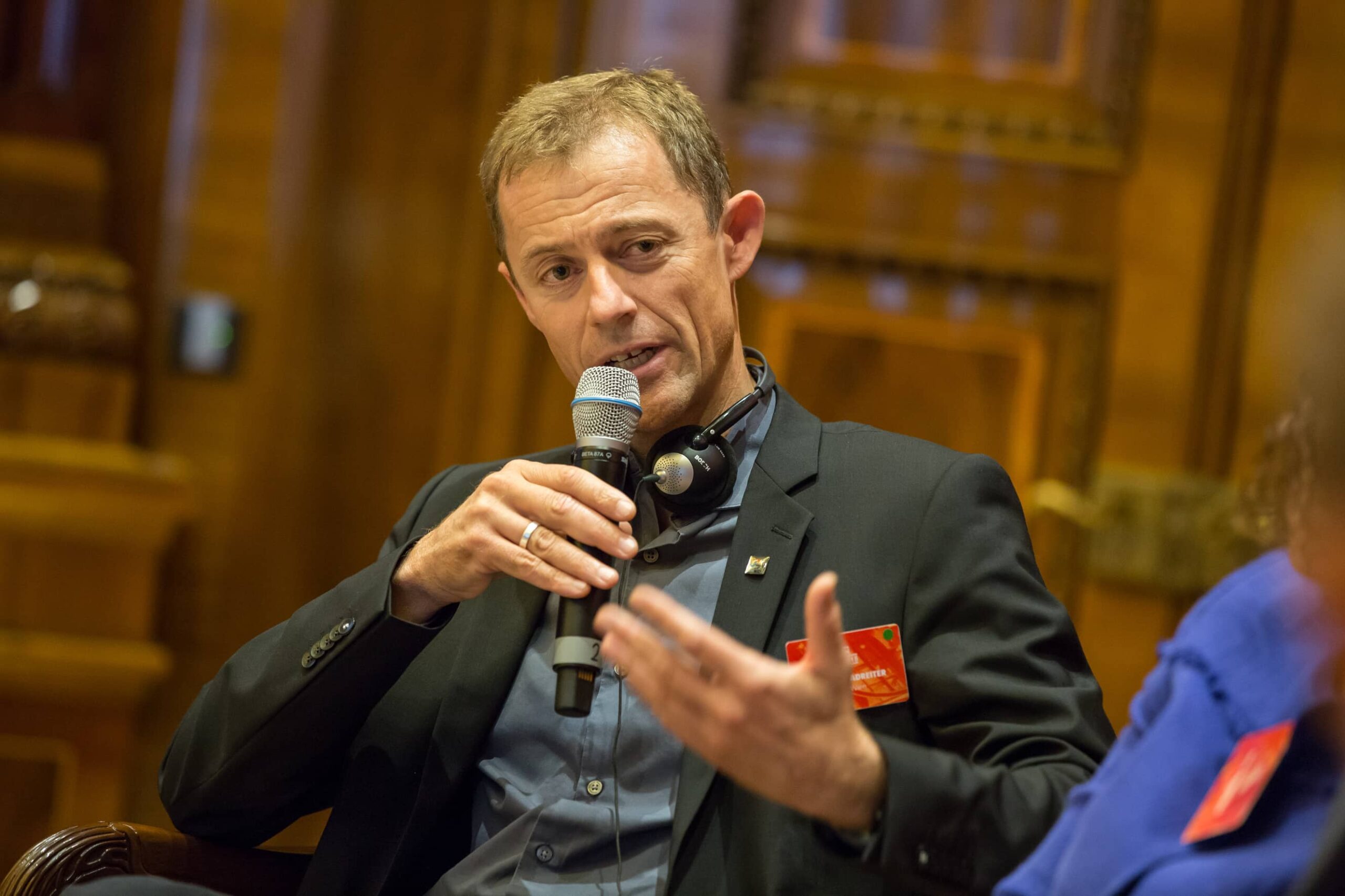
Thomas Madreiter: Vienna and the smart city
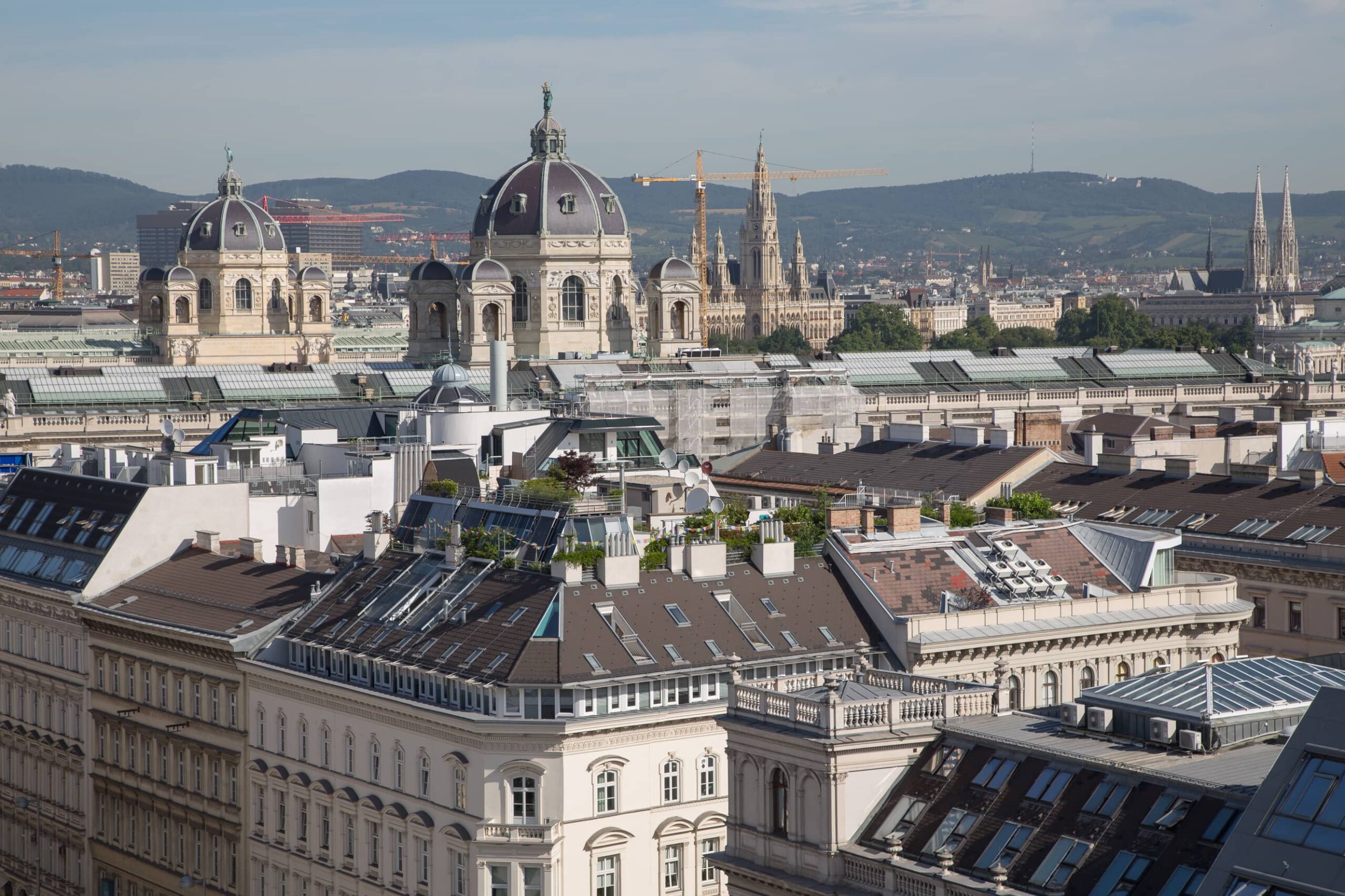
Vienna

Breathless Metropolises
La Fabrique de la Cité
La Fabrique de la Cité is a think tank dedicated to urban foresight, created by the VINCI group, its sponsor, in 2010. La Fabrique de la Cité acts as a forum where urban stakeholders, whether French or international, collaborate to bring forth new ways of building and rebuilding cities.














